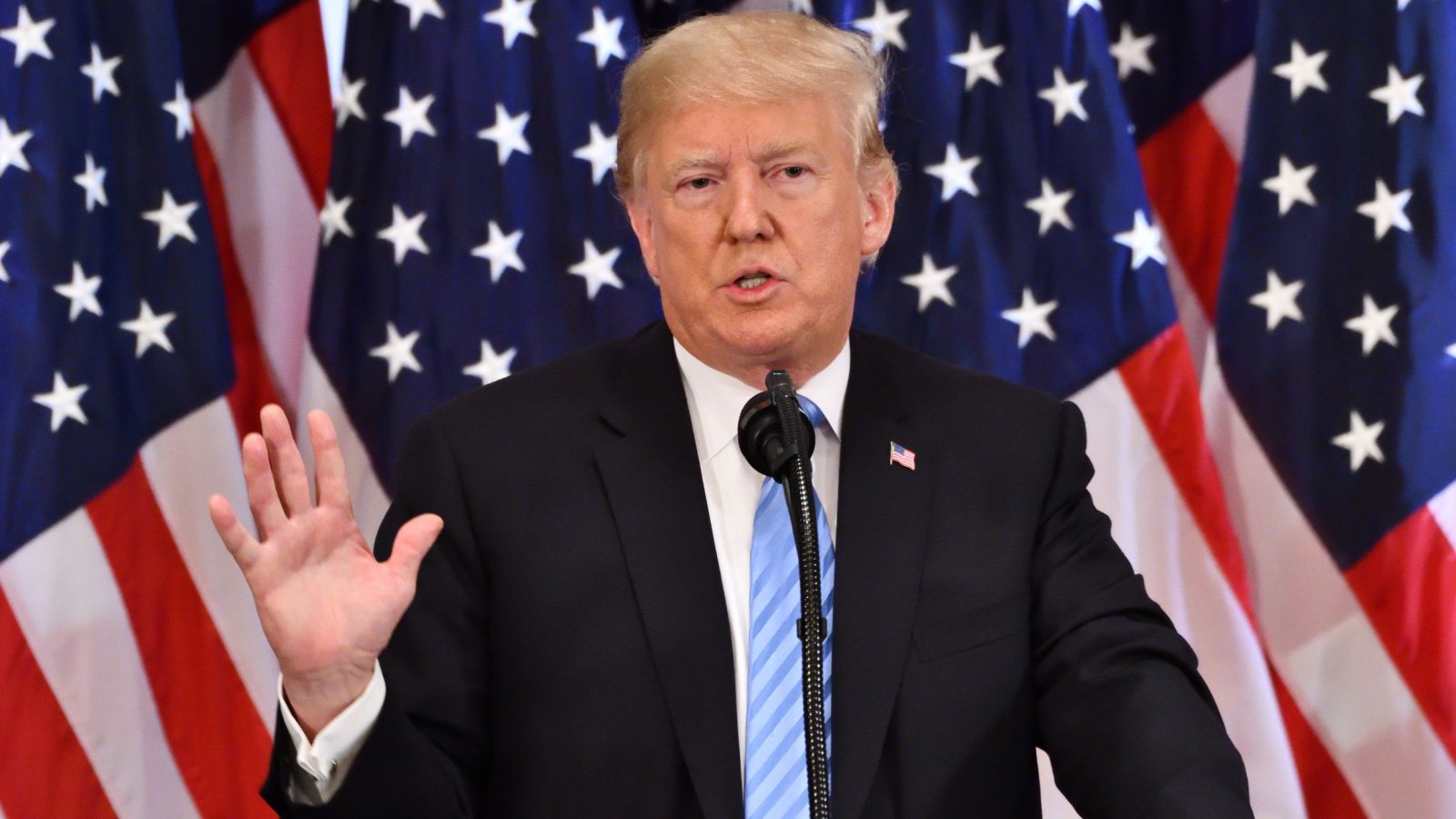The Supreme Court’s latest deliberation on bump stocks signals a critical moment for gun control in America. With a conservative majority ready to tear down federal agency powers, the outcome could reshape regulatory boundaries. This case not only tests legal precedents but also the nation’s resolve in addressing gun violence.
Supreme Court’s Bump Stock Dilemma

The Supreme Court found itself at a crossroads this Wednesday, deliberating the fate of a Trump-era prohibition on bump stocks—those notorious gun add-ons that transform semi-automatic firearms into rapid-fire beasts. This accessory played a grim role in the worst mass shooting of recent times in the U.S., sparking a debate that reached the highest court.
Reevaluating Bump Stocks

At the heart of the Supreme Court’s session was the Trump administration’s pivot to outlaw bump stocks following the horrific Las Vegas massacre at a country music gathering in 2017. Equipped with bump stocks and high-capacity magazines, the assailant’s rifles unleashed over a thousand bullets in mere minutes, leaving 60 dead and hundreds wounded.
The Legal Battle Over Firearms

The discussions in court revolved around the classification of bump stock-equipped firearms: are they illegal machine guns, or not? While a Texas gun shop owner insists that bump stocks don’t significantly alter a semi-automatic weapon’s basic operation, the Biden administration stands firm on categorizing them as machine guns.
A Test for Gun Control

This case emerges as a pivotal moment for the Supreme Court, now dominated by conservatives, to set the boundaries on firearm regulations amid an era plagued by frequent mass shootings. The justices, particularly the conservatives, pondered whether laws from the 1930s on machine guns were intended to cover modern devices like bump stocks, questioning past legal interpretations that deemed the accessories permissible.
Justice Barrett’s Inquiry

Justice Amy Coney Barrett expressed a nuanced understanding, hinting at her alignment with the argument but highlighting the legislative gap. She posed a critical question: why hadn’t Congress explicitly legislated on this matter for absolute clarity?
A Historical Perspective
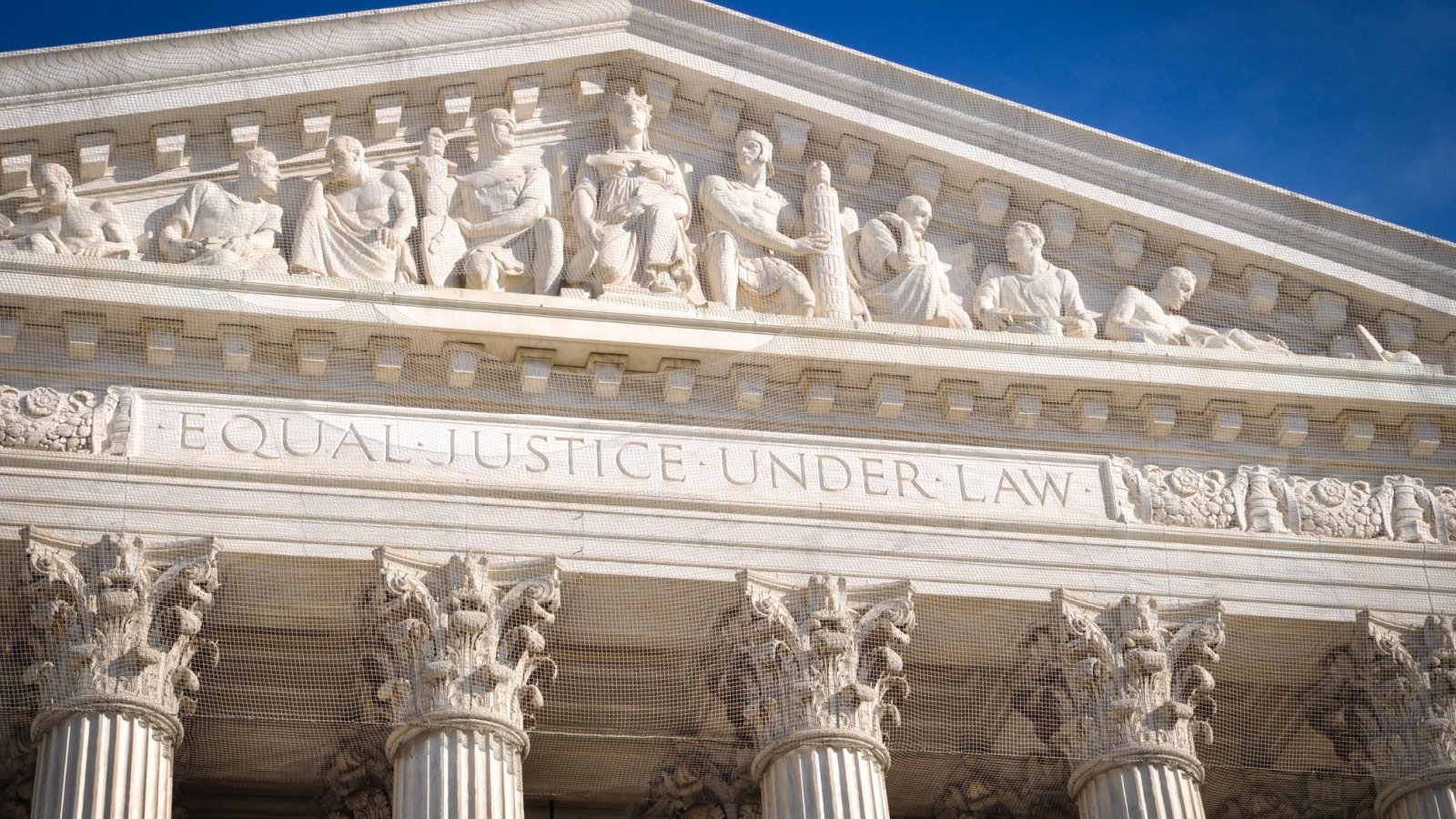
Liberal justices leaned on historical context, arguing that bump stocks squarely fit into the type of weaponry Congress aimed to regulate during the Prohibition era, targeting gangster-related violence. Justice Elena Kagan remarked that such devices epitomize the very issue at hand: enabling a barrage of shots with minimal human effort.
A Legal Quandary Beyond the Second Amendment

This particular case stands out not for its direct ties to the Second Amendment but for its challenge to the authority of the Bureau of Alcohol, Tobacco, Firearms and Explosives (ATF). Initially, the ATF did not classify bump stocks as machine guns, a stance reversed post-Las Vegas tragedy, stirring controversy and legal battles.
A Survivor’s Plea
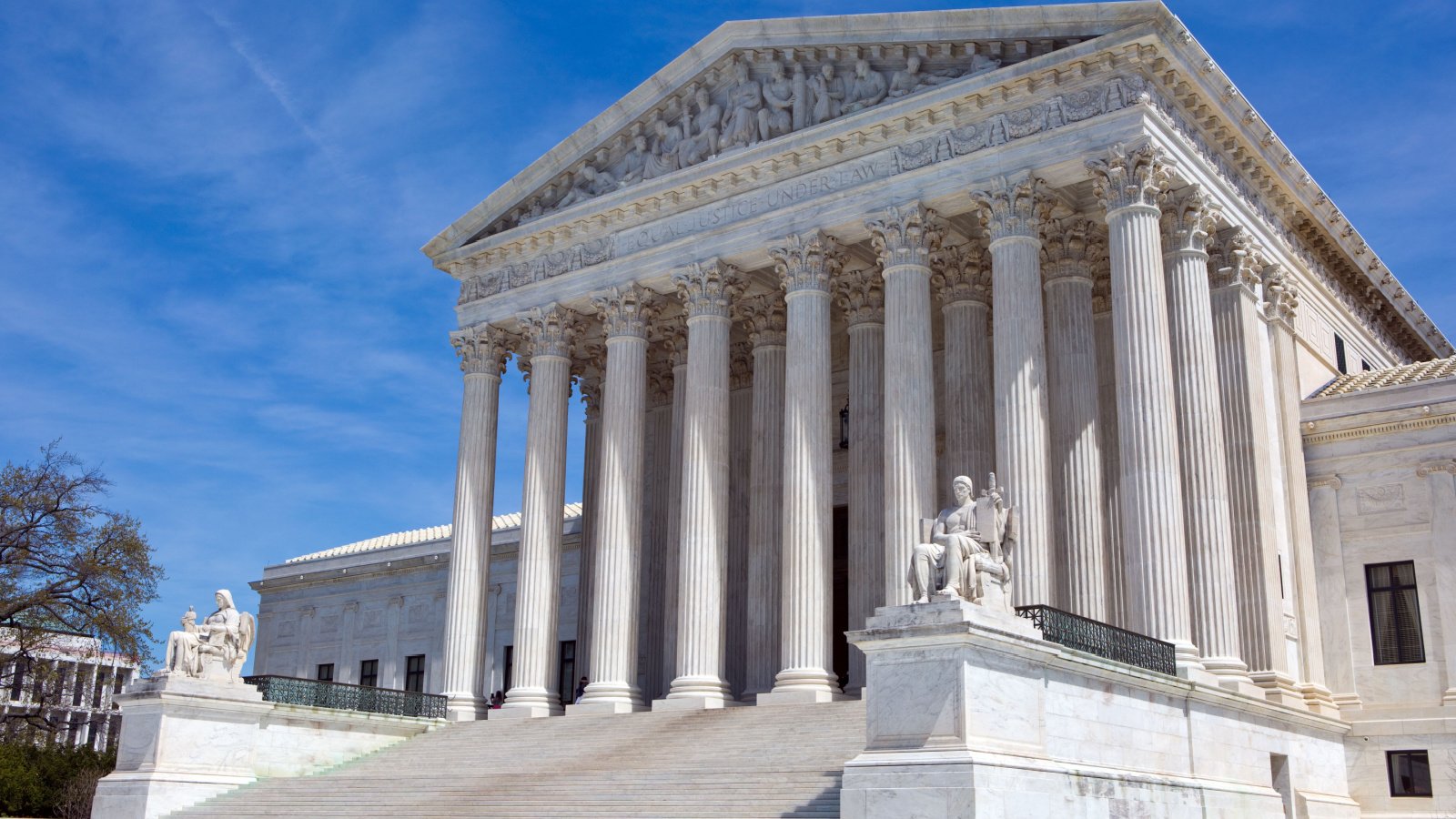
Marisa Marano, a Las Vegas shooting survivor, vividly recalls the terror of that night and has since dedicated herself to advocacy with Moms Demand Action. Her hope is for the Supreme Court to affirm the bump stock ban, a decision she believes is vital for community safety and healing.
The Mechanics and History of Bump Stocks

Bump stocks, devices that exploit a rifle’s recoil to simulate rapid firing, became the subject of national debate after their use in recent mass shootings. Despite their invention in the early 2000s and previous ATF rulings under both Republican and Democratic administrations, the tide turned with the Las Vegas massacre.
The Core of the Legal Argument

The legal debate centers around the mechanical action of bump stocks versus traditional machine guns. Plaintiffs argue the distinction lies in the trigger’s movement and the shooter’s continuous pressure, challenging the reclassification that brands these modified rifles as machine guns.
The ATF’s Reevaluation

In the wake of the Las Vegas shooting, the ATF revisited its stance on bump stocks, with government lawyers defending the thoroughness of this reevaluation. This shift in interpretation is viewed as a necessary response to the deadliest shooting in U.S. history, aiming to prevent future tragedies.
The Fallout of the Ban

The 2019 bump stock ban left owners with a stark choice: surrender or destroy their bump stocks, a move affecting approximately 520,000 devices. This led to significant financial loss and raised questions about the implications for those who had legally purchased bump stocks prior to the ban.
Gorsuch’s Concerns

Justice Neil Gorsuch addressed the legal and ethical ramifications of the ATF’s policy shift, probing the Justice Department on the consequences for individuals who had acquired bump stocks under the assumption of legality. This inquiry underscores the complex interplay between regulatory actions, individual rights, and public safety in the aftermath of the ban.
Divergent Appeals Courts
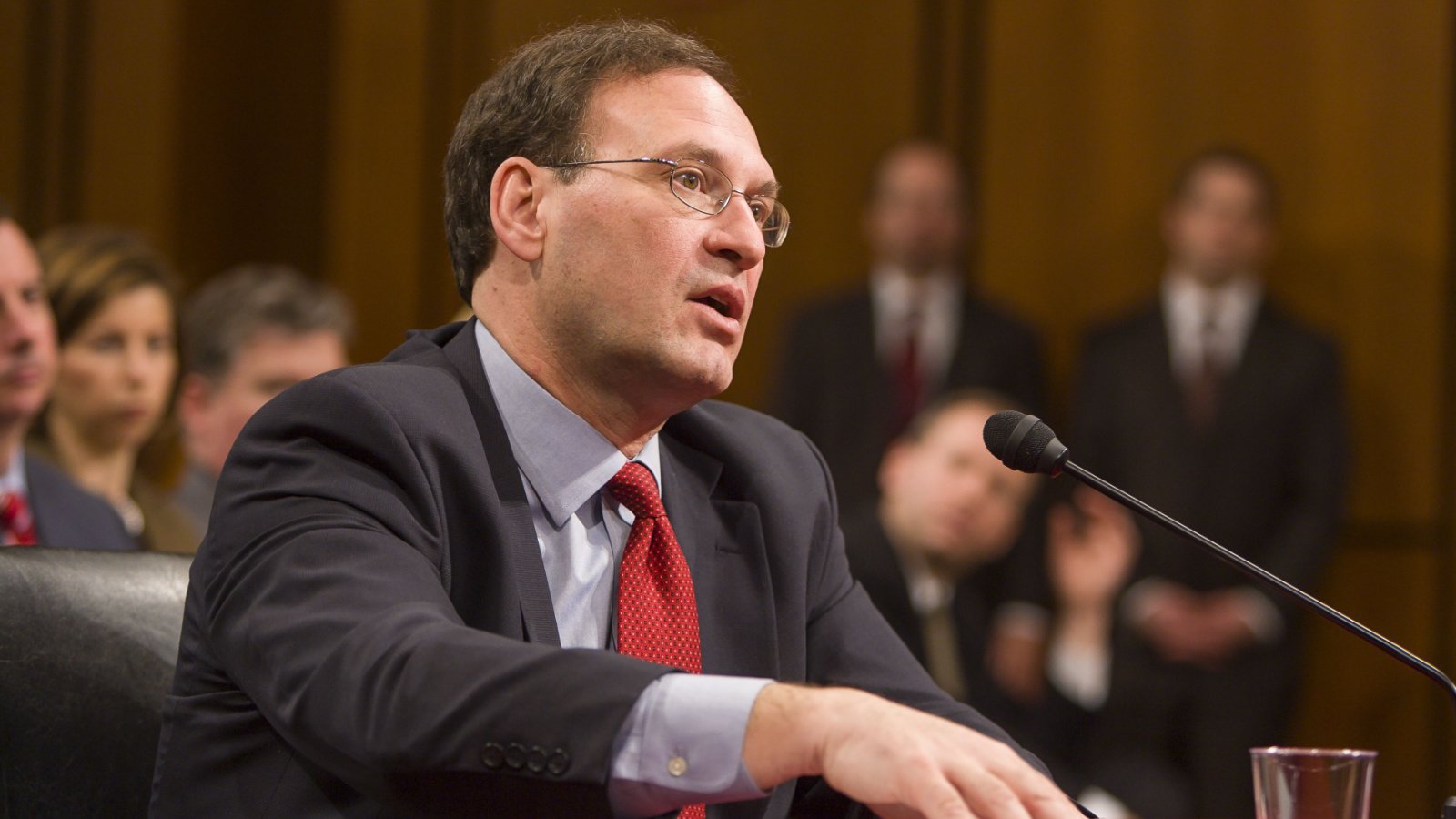
The Supreme Court’s decision to review the bump stock ban came on the heels of a split in opinion among federal appeals courts. The 5th Circuit Court of Appeals struck down the ban, a stance at odds with the federal appeals court in Washington, which upheld it. Additionally, bump stocks face prohibition in fifteen states and Washington, D.C., illustrating a patchwork of regulatory responses.
A Broader Gun Control Debate
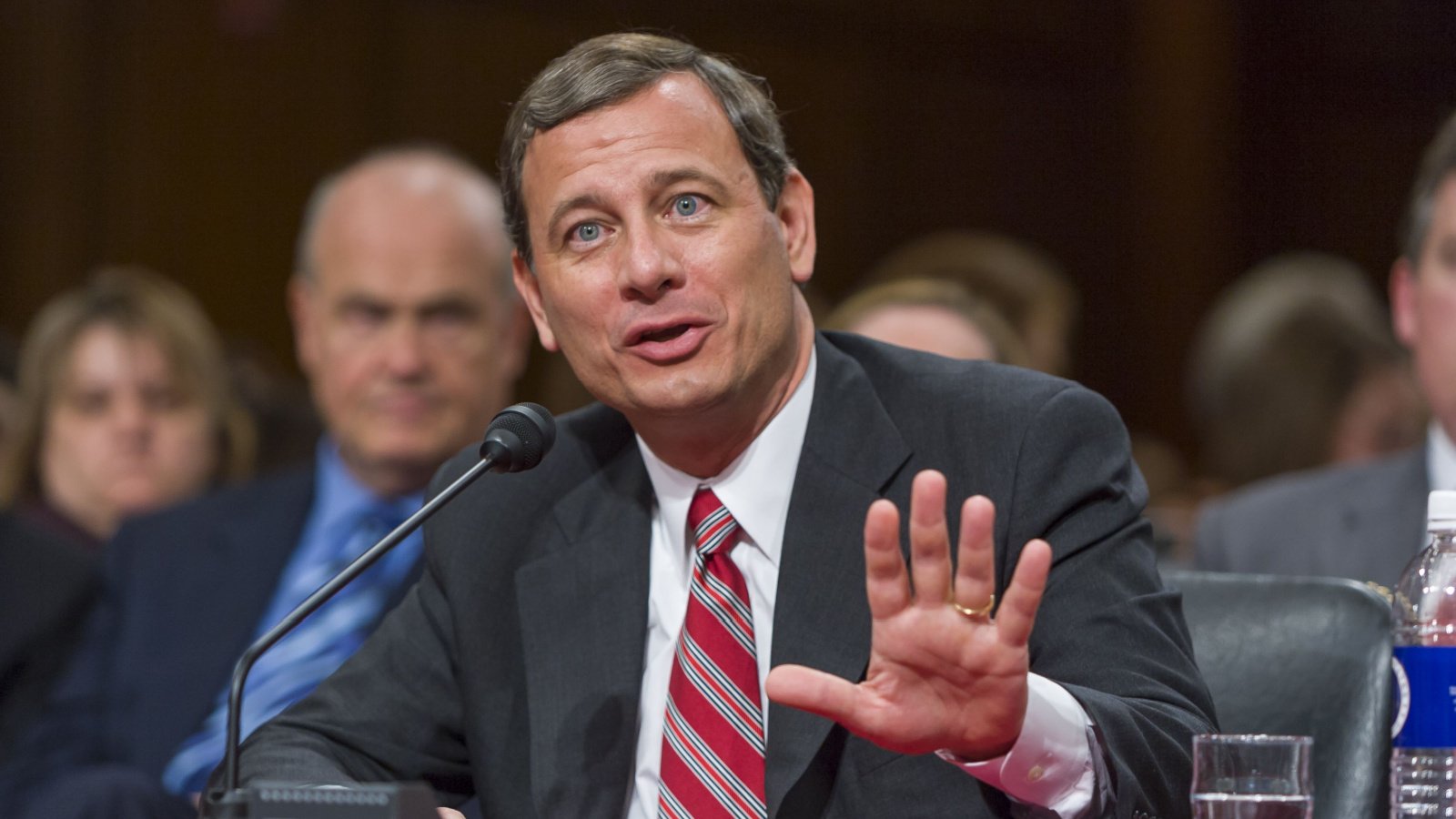
Amidst this legal tussle over bump stocks, the Supreme Court is also deliberating on another significant gun control issue. This concerns a federal law aimed at preventing individuals with domestic violence restraining orders from owning guns. During November’s arguments, the justices seemed inclined to uphold this preventive measure, signaling a nuanced approach to gun control amidst the court’s conservative leaning.
Skepticism Toward Federal Authority
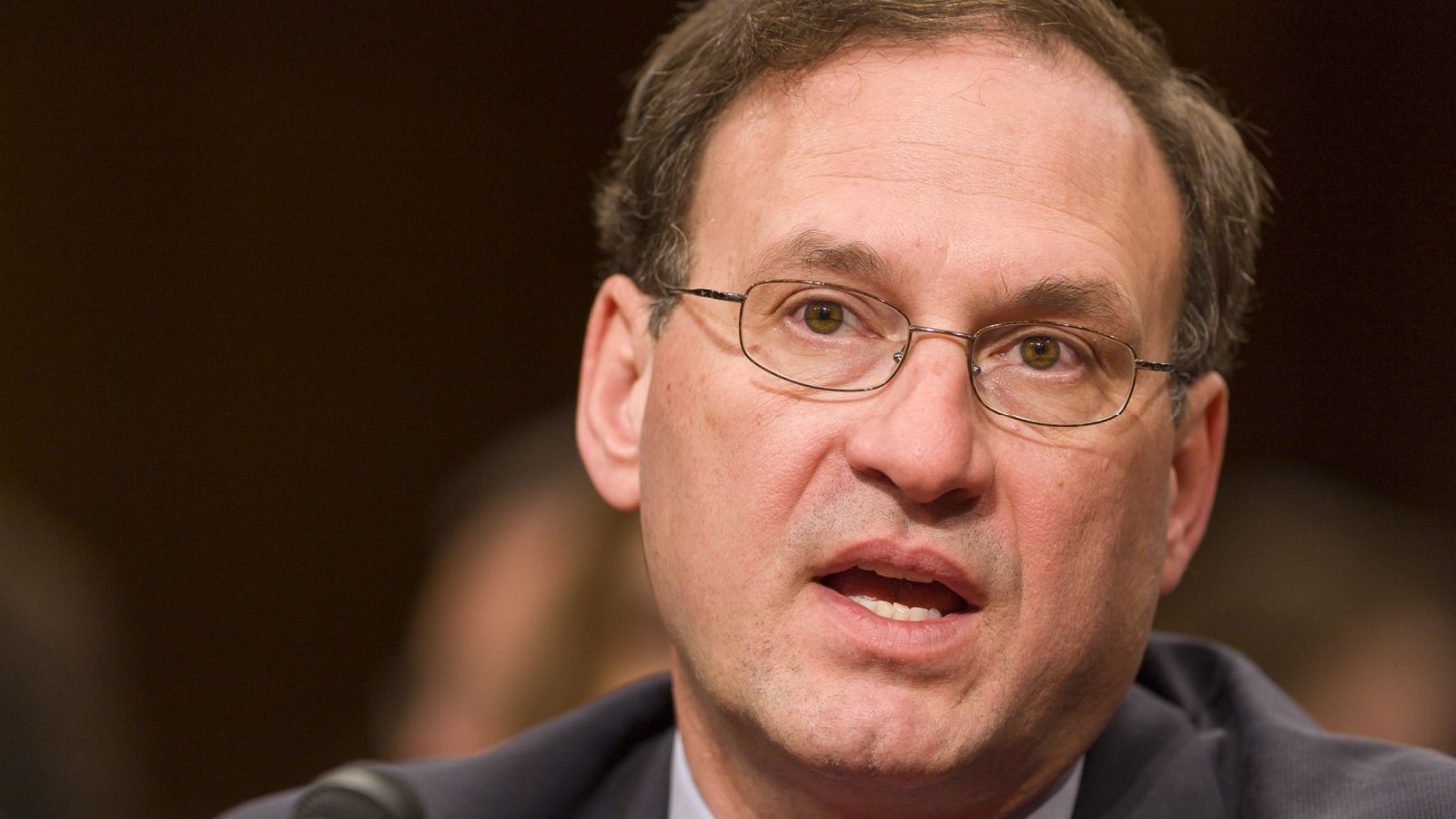
This term, the Supreme Court’s conservative majority has shown a marked skepticism toward the reach of federal agencies, including the ATF’s decision on bump stocks. Their docket includes examining the scope of entities like the Consumer Financial Protection Bureau and the Securities and Exchange Commission, highlighting a broader debate on federal oversight.
Anticipating a Decision

As the legal and public communities watch closely, a decision on the bump stock case is anticipated by early summer. This ruling, alongside others related to gun control and federal authority, will potentially redefine the landscape of gun legislation and regulatory power in the United States.






